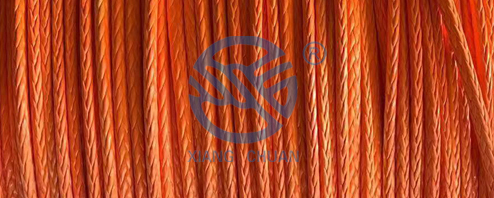
Mooring tails, also known as mooring lines, are essential components of a mooring system that play a crucial role in safely securing vessels to a dock or mooring buoy. The functionality of mooring tails can vary depending on the type of vessel and the environmental conditions in which they are used. In this article, we will explore the different functions of mooring tails and how they contribute to the overall stability and safety of a mooring system.
One of the primary functions of mooring tails is to provide a reliable connection between the vessel and the mooring point. Mooring tails are typically made of strong, durable materials such as nylon, polyester, or polypropylene, which are capable of withstanding high loads and abrasion. These materials are also resistant to UV exposure, saltwater corrosion, and other environmental factors that can degrade the strength of the mooring line over time.
Mooring tails are designed to absorb the dynamic forces exerted on a vessel when it is moored. These forces can be caused by factors such as wind, waves, and currents, which can put stress on the mooring system and potentially lead to damage or failure if not properly managed. Mooring tails act as a buffer between the vessel and the mooring point, allowing them to stretch and contract in response to changing conditions and reduce the impact of these dynamic forces on the vessel.
In addition to absorbing dynamic forces, mooring tails also help to distribute the load evenly across the mooring system. This is important for maintaining the stability of the vessel and preventing excessive stress on individual components of the mooring system. By providing a flexible connection between the vessel and the mooring point, mooring tails help to minimize the risk of overloading and ensure that the mooring system can effectively support the weight of the vessel.
Mooring tails also play a crucial role in adjusting the position of the vessel relative to the mooring point. By adjusting the length and tension of the mooring tails, the crew can control the orientation of the vessel and ensure that it remains safely secured in place. This is particularly important in rough weather conditions or high-traffic areas where the vessel may be exposed to greater forces and risks of collision.
Overall, mooring tails are an essential component of a mooring system that provides stability, safety, and flexibility for vessels when they are docked or moored. By understanding the functions of mooring tails and how they contribute to the overall performance of a mooring system, vessel operators can ensure that their vessels are securely moored and protected from the forces of nature. Proper maintenance and inspection of mooring tails are also crucial to ensure their continued effectiveness and reliability in securing vessels in all types of conditions.


 +86-514-88253368
+86-514-88253368






